Agronomic Insights
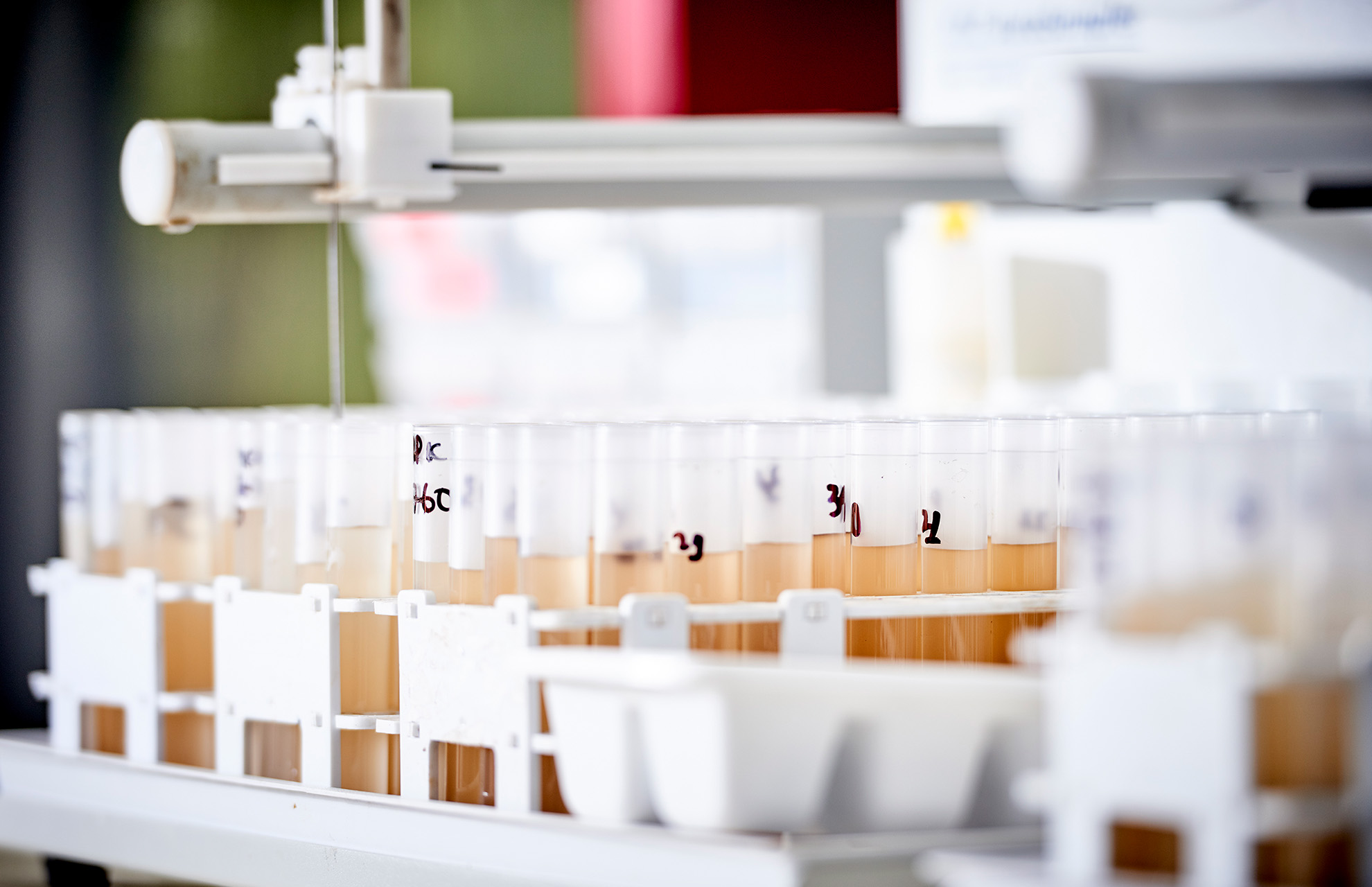
Understanding soil acidity and nutrient availability
02 January 2023
Soil pH (the acidity or alkalinity of soil), measured by the concentration of hydrogen ions (H+) in soil, has a profound impact on nutrient availability, microbial activity, and plant growth.
Clint Sheather
IPF Technical Agronomist
After three high production years, with very high product removal, it is likely that some soils have acidified. If so, plant growth and yield may be limited by:
• low phosphorus availability
• aluminium and manganese toxicity (particularly for canola and pulses)
• calcium, magnesium, molybdenum, and phosphorus deficiency
• reduced microbial activity and legume nodulation. So, a soil test before planting this year will be a good investment.
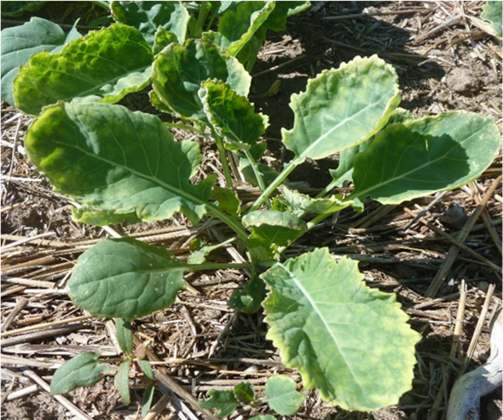
Figure 1: Manganese toxicity in canola this can often be mistaken for sulphur deficiency. Source: Incitec Pivot Fertilisers 2022.
Why pH Matters
As shown in Figure two, phosphorus availability is maximised at a pH (CaCl2) of 6.5.
Below that, in acid soils, phosphorus is less soluble (available) as it becomes fixed by aluminium and iron. Also, aluminium is increasingly soluble – displacing other cations (e.g. calcium and magnesium). Above 6.5, in alkaline soils, phosphorus is also less soluble as it precipitates with calcium.

Figure 2: The effect of soil pH on phosphorus availability. Source: Penn, & Camberato, 2019.
It’s Best to Test
The most important things to test for are pH and aluminium (Al) %. This should be done every 3 to 5 years. These are included in most Nutrient Advantage® test packages but can also be added into any custom package.
You can use the results to:
• determine if a sensitive crop should be sown – e.g. canola needs a pH >5.2 and Al% <3%
• adjust phosphorus rate – canola has a lower critical Cowell P value of 22-30 mg/kg then wheat 35-40 mg/kg at 95% relative yield
• problem solve – areas of poor or inconsistent crop establishment.
In addition, you could include the buffer pH test. It is used to assess the buffering capacity of the soil – it’s ability to maintain a stable pH despite the presence of acidifying (H+) or alkalizing (OH-) ions. Soils with high cation exchange capacity and organic matter tend to have a high buffering capacity.
You can use this information to estimate the amount of lime required to increase the soil pH. Strongly buffered soils require more lime to change the pH.
| pH buffer | <5.0 | 5.0 – 6.0 | >6.0 |
| Rating | Strongly Buffered | Moderately Buffered | Weakly Buffered |
Where to Test
The standard soil testing technique involves a 0-10 cm surface sample. However, soil acidity is rarely limited to the topsoil. This is common in paddocks with a history of lime application. The surface pH may be ameliorated but there may be a band of acidification at depth (5 to 20 cm) which is reducing the effectiveness of liming.
New research suggests sampling in smaller increments of 5 cm to a depth of 20 cm. This will identify any deeper or stratified acid layers. Nutrient Advantage Pro® can provide optimal ranges and recommendations based on 0-10cm sampling strategies at present.
Nutrient Advantage® is NATA and ASPAC accredited. Soil tests can be submitted via the LabSTREAM® app designed for quick and easy paperless submission.
Further Information
For more information or advice about soil acidity feel free to contact me at 0475 439 316 or via email at clint.sheather@incitecpivot.com.au
You can also contact: Jim Laycock at jim.laycock@incitecpivot.com.au
References
Condon, J., & Burns, H. (2021). Soil acidity-its stratification and amelioration with lime. Grains Research Update, 6.
Condon, J., Burns, H., & Li, G. (2020). The extent, significance, and amelioration of subsurface acidity in southern New South Wales, Australia. Soil Research, 59(1), 1-11.
de Caritat, P., Cooper, M., & Wilford, J. (2011). The pH of Australian soils: field results from a national survey. Soil Research, 49(2), 173-182.
Penn, C. J., & Camberato, J. J. (2019). A critical review on soil chemical processes that control how soil pH affects phosphorus availability to plants. Agriculture, 9(6), 120.
Resources
Download InsightDISCLAIMER Incitec Pivot Fertilisers manufactures and sources fertilisers from other suppliers. The fertiliser supply chain extends beyond the company’s direct control, both overseas and within Australia. Incitec Pivot Fertilisers hereby expressly disclaims liability to any person, property or thing in respect of any of the consequences of anything done or omitted to be done by any person in reliance, whether wholly or in part, upon the whole or any part of the contents of this article. This is a guide only, which we hope you find useful as a general tool. While Incitec Pivot Fertilisers has taken all reasonable care in the preparation of this guide, it should not be relied on as a substitute for tailored professional advice and Incitec Pivot Fertilisers accepts no liability in connection with this guide.
You might also be interested in these
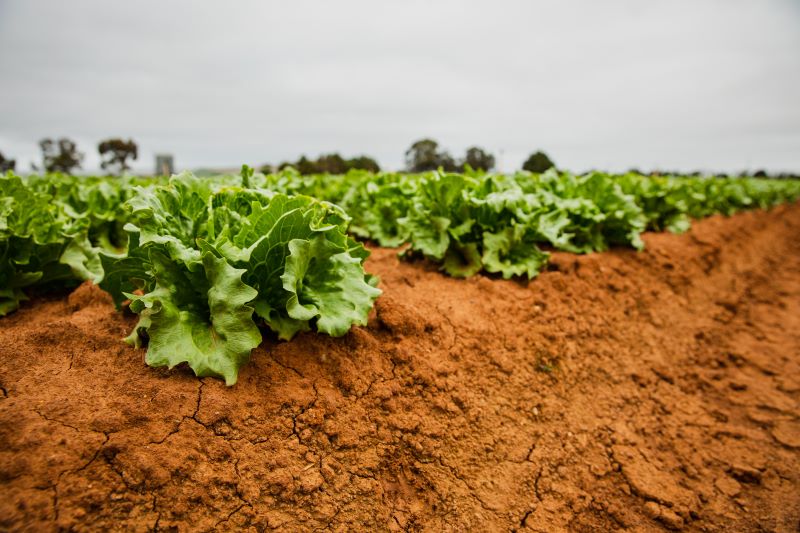
Horticulture, Pasture, Sugar
Squeezing the most from lime: Soil ‘buffer pH’ and correcting acid soils
July / 2023

Pasture, Summer Crop
Small but mighty Moly
June / 2023
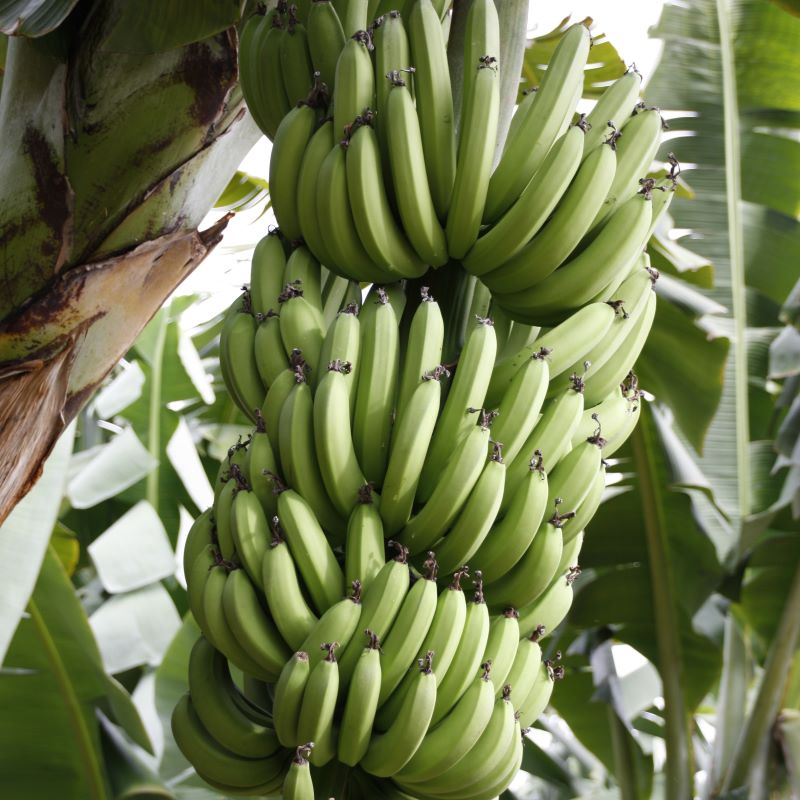
Horticulture
Boost banana nitrogen efficiency
January / 2024
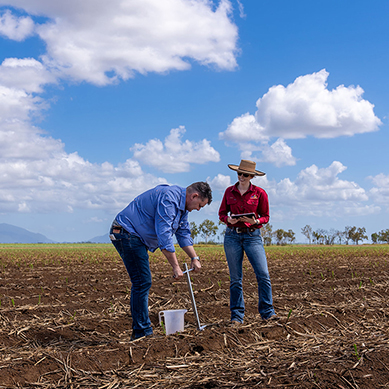
Horticulture, Pasture, Sugar, Summer Crop, Winter Crop
Spot on soil sampling
February / 2024

